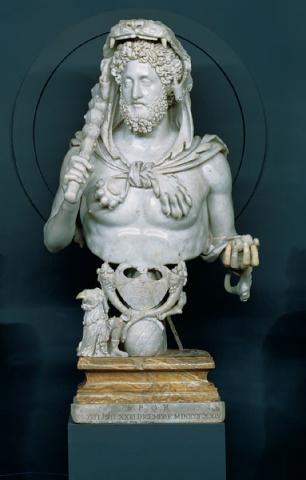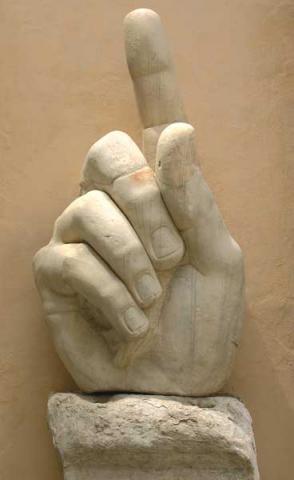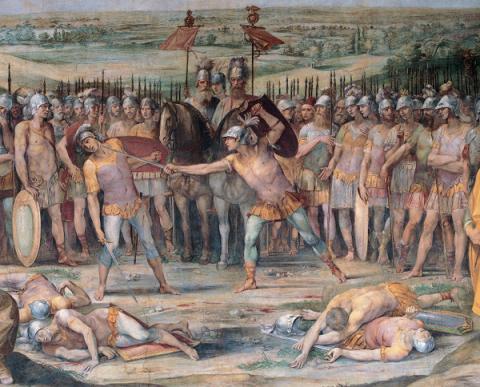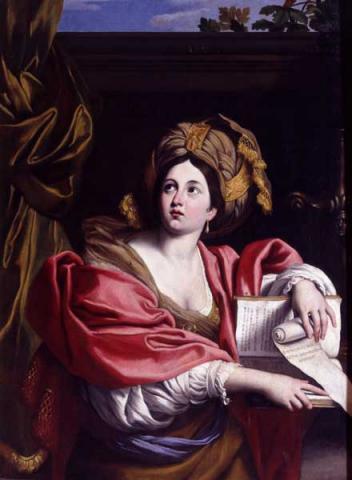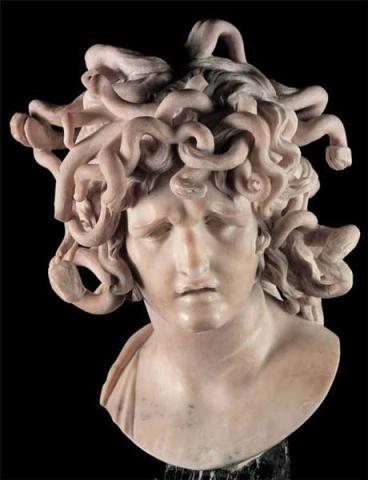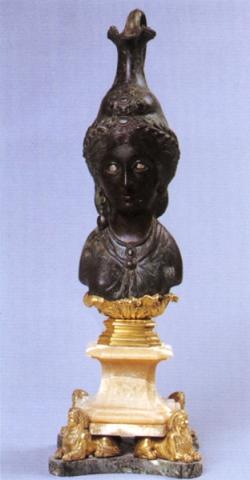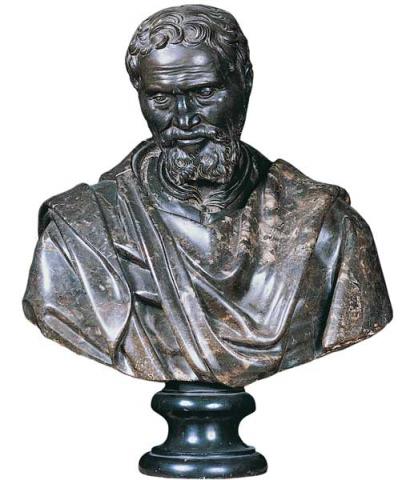Hall of the Geese
The room's pictorial decorations date back to the mid-XVI century, during the papacy of Pope Paul III
The frieze consists of small panels, with playful scenes set against a background of real or imaginary landscapes, alternating with military trophies and floral and fruit triumphs.
The two bronze geese that give the room its name were placed here in the XVIII century, together with a bronze vase in the shape of a bust of Isis and a head of Medusa by Bernini.

Since the Eighteenth century, two Roman bronze ducks are displayed in this room: they are traditionally interpreted as geese, in memory of the legendary Capitoline geese who saved Rome, during the night, from the attacking Gauls.
The remarkable fresco decoration of the hall, as well as the beautiful wooden ceiling, date back to the time of Pope Paul III (1534-1549), when three of the halls (the Hall of the Geese, the Hall of the Eagles and the Hall of the Tapestries) of the Palazzo were completed. In the painted frieze one can see trophies of arms, flowers and fruits, and decoration of grotesque carvings followed by scenes of ancient games played in real or fantastic Roman landscapes. It is worthy of praise the panel that reproduces the image of the Capitoline's Piazza Campidoglio, before Michelangelo’s work, with the church of Ara Coeli on the background.
The recent restoration of the wooden ceiling has brought to light the old “the colour of air” background against which stand out golden rosettes of various types, with vases and shields. During the Eighteenth century, some decorations in gilded stucco were added to the room, framing different elements such as sculptures, paintings, inscriptions.
In the same period a sculpture of great value was also placed here: the Head of Medusa by the sculptor Gian Lorenzo Bernini (1598-1680). The work very effectively portrays the mythical figure of the Medusa, whose petrifying gaze and snake hair are rendered by the sculptor with grace and power.


























